Adam the Creation of Man Rodin Sculpture Art Movement
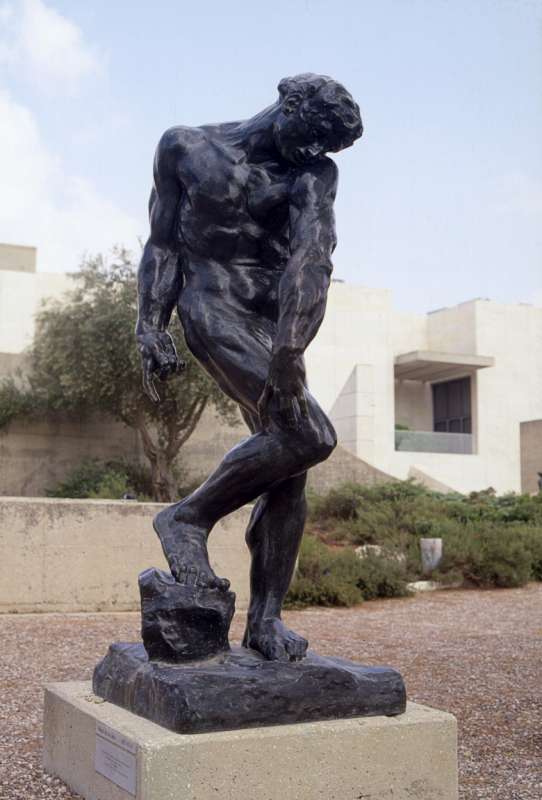
In 1880, Rodin received the commission for the main entrance portal to a proposed Museum of Decorative Arts in Paris. Because of the tremendous challenge presented past this piece of work, which would combine sculpture and architecture, Rodin estimated that he required three years for its completion. In fact, Rodin never completed this awe-inspiring work, which preoccupied him from 1880 to 1900 and remained a source of fascination and anxiety for the residual of his life. Incorporating 186 sculptured figures, Rodin's Gates of Hell is 1 of the dandy achievements of the man imagination. These figures and groups destined for the doors—though integrated into the relief— served every bit an inexhaustible supply of subjects and forms for most of Rodin's creations of the 1880s and 1890s. The creative person imaginatively combined, juxtaposed, enlarged and reduced figures and parts of figures to form new, vital, contained works, such as Adam (1880), Eve (1881), and The Kiss (ca. 1884).
Rodin returned from Italian republic in 1876, greatly inspired by the works of Michelangelo, and immediately began work on a figure of Adam. He abandoned his starting time study, however, considering information technology too imitative of the master's style, and only returned to the subject 4 years later. Michelangelo's influence nevertheless remains evident in the final result, particularly in the muscularity and monumentality of Adam's physique. Rodin'south model was a strongman from the circus, whom he chose for his power and "iron jaw." Adam'southward right arm with its outstretched forefinger alludes to the pose of Michelangelo's Adam on the ceiling of the Sistine Chapel equally he awaits the touch of life from the hand of God. Aware of this parallel, Rodin also entitled his Adam The Creation of Man. Adam'southward left arm hangs in emulation of Michelangelo's Pietà in the Opera del Duomo Museum in Florence. The figure steps upward from a stone, probably representing the earth from which Adam was created, his body twisted in a serpentine posture. Rodin's special ability to express emotion through motility is conveyed through this single figure, whose "aching body dramatizes the suffering of earthly existence between its beginnings and end."
As he worked simultaneously on Adam and a effigy of Eve, Rodin decided to contain them into The Gates of Hell. He envisioned the two figures flanking the gates, indicating that their fall from grace paved the way for eternal damnation - the central theme of The Gates. Eve is depicted immediately afterwards her fall from grace, with her head hung depression, the epitome of guilt. Her arms are wrapped effectually her body in a pose evocative of Michelangelo's Eve in the Sistine fresco The Expulsion from Paradise. Rodin's Eve is less distinctly sculptural than his Adam, possibly considering the model became pregnant and never finished the sittings. Rather than hiring a new model, Rodin made Eve's body less divers and whole areas, notably the belly, were left rough and unfinished.
Although closely linked in pose and composition to Rodin's Adam, The Shade (1880) appears less dynamic; the forcefulness of gravity is heightened in the downwards pull of the neck and left arm. The Shade as well alludes to Michelangelo's Dying Slave, which Rodin saw and drew in the Louvre, and conveys the same sense of despair and futility. In the mid-1880s Rodin decided to crown The Gates of Hell with three identical casts of The Shade. Each was placed at a different angle but all pointed to the infernal drama unfolding beneath, as though voicing Dante'southward warning to the damned: "Carelessness all hope, ye who enter here."
From the Israel Museum publications:
Spitzer, Judith, The Billy Rose Fine art Garden, The Israel Museum, Jerusalem, 2004, English
Impressionist and Post-Impressionist Painting and Sculpture, The Israel Museum, Jerusalem, 2006, English language / Hebrew
Digital presentation of this object was made possible by:
Ms. Joan Lessing, New York and Jerusalem
Source: https://www.imj.org.il/en/collections/192210
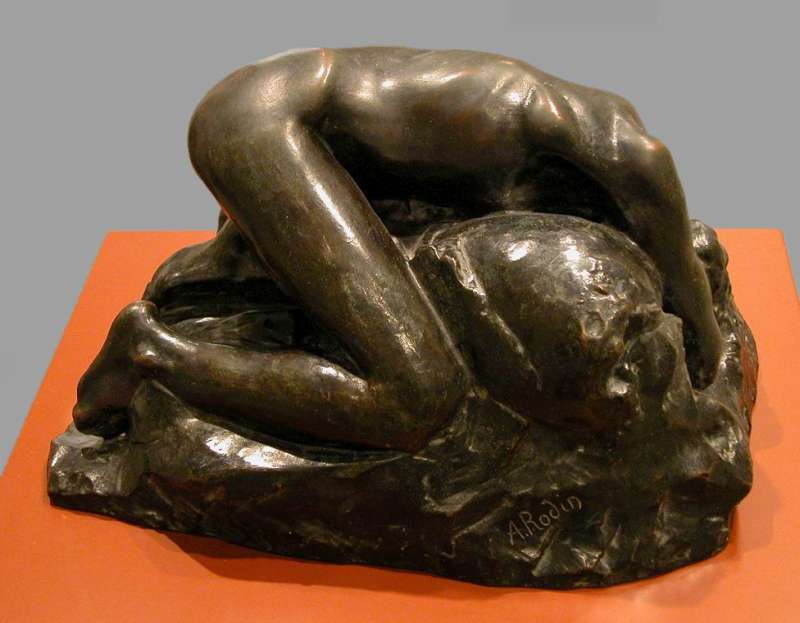
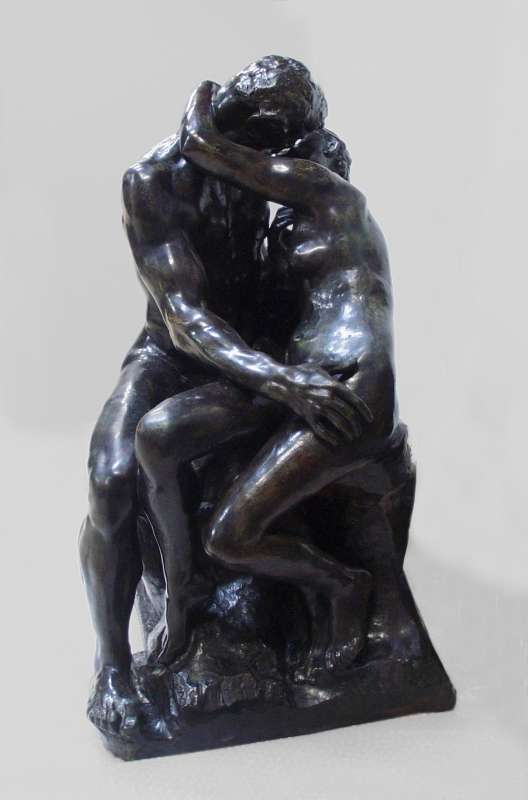
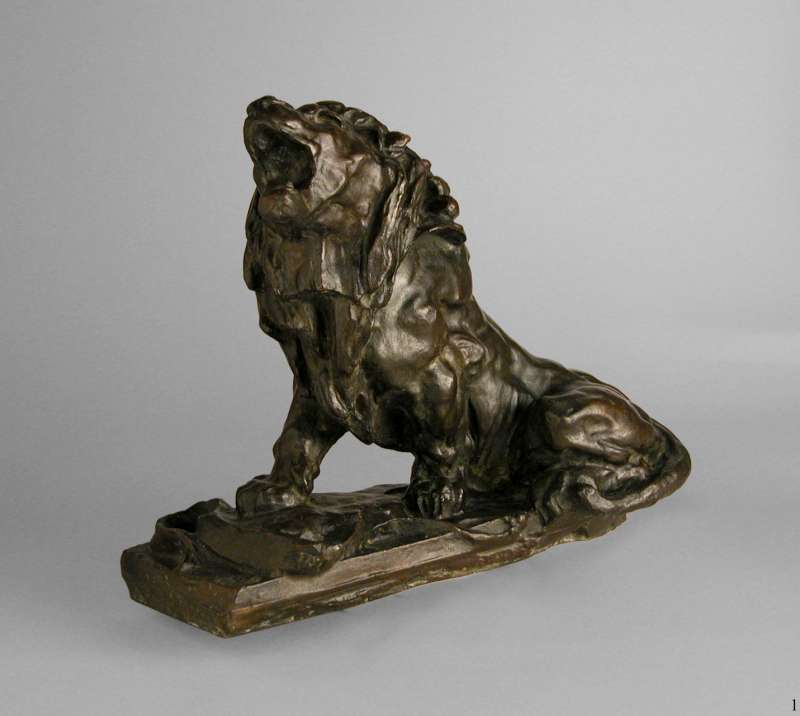
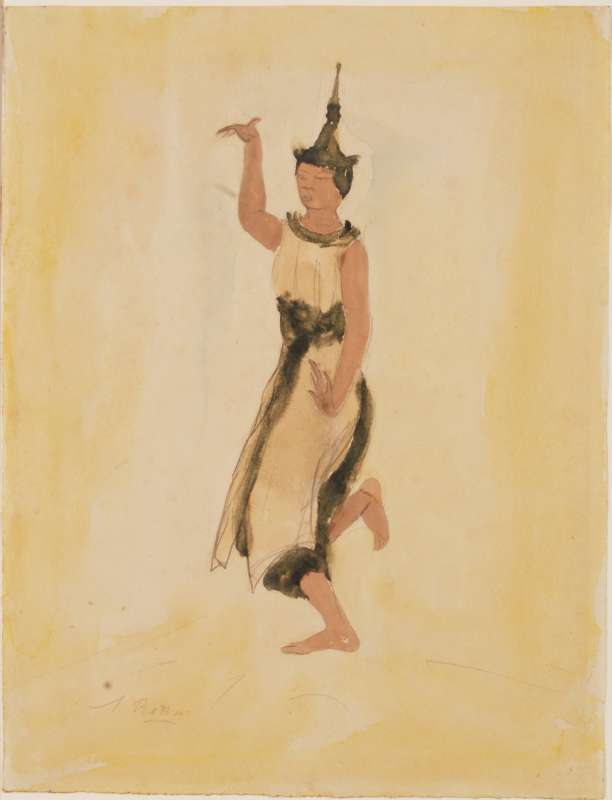
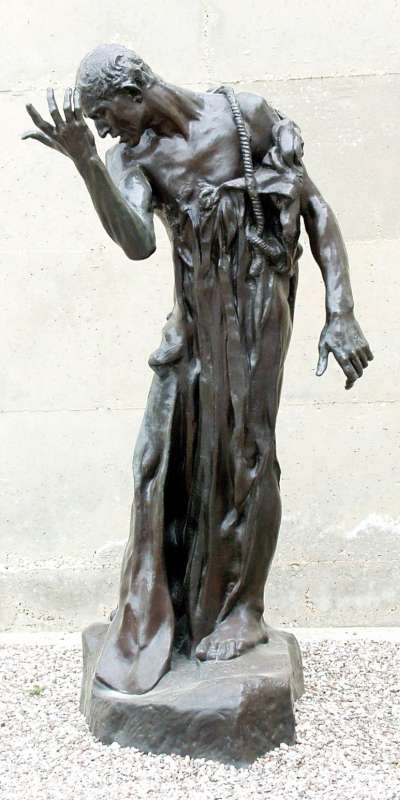
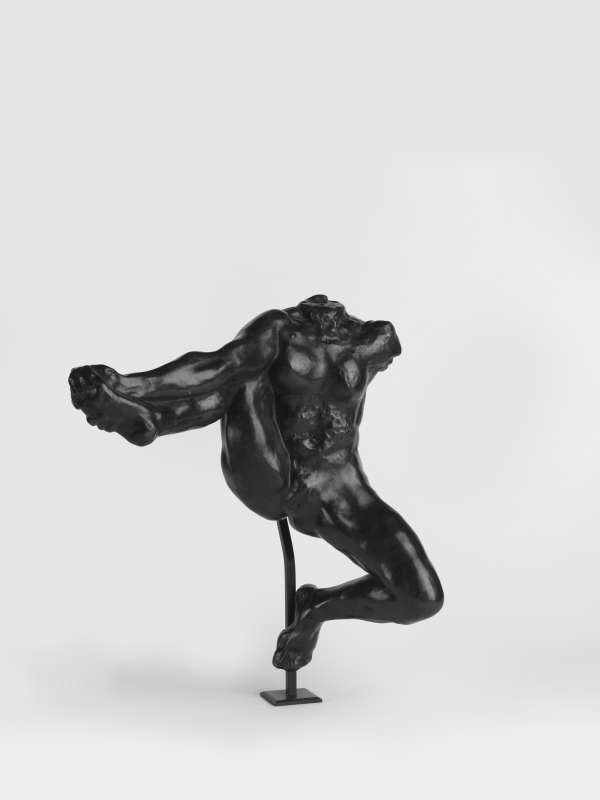
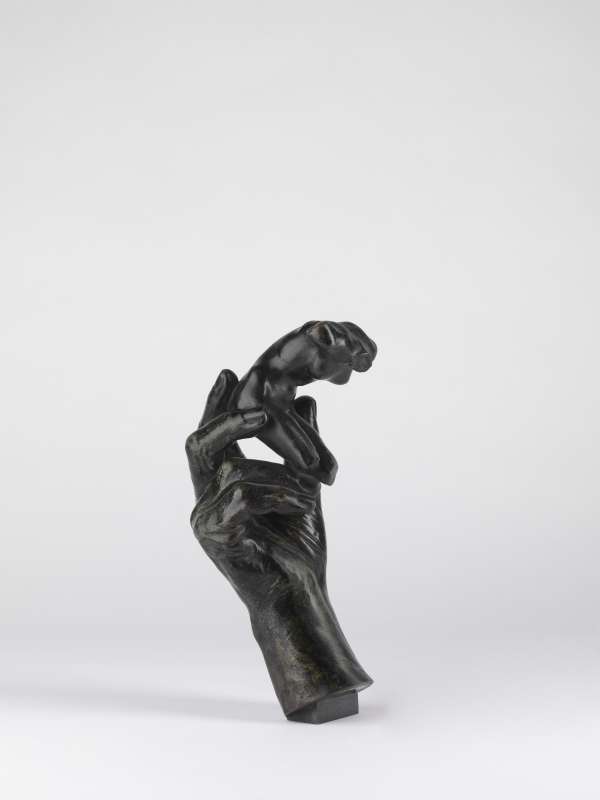
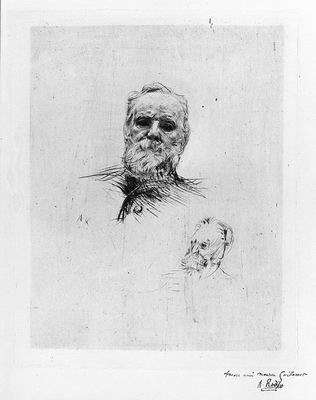
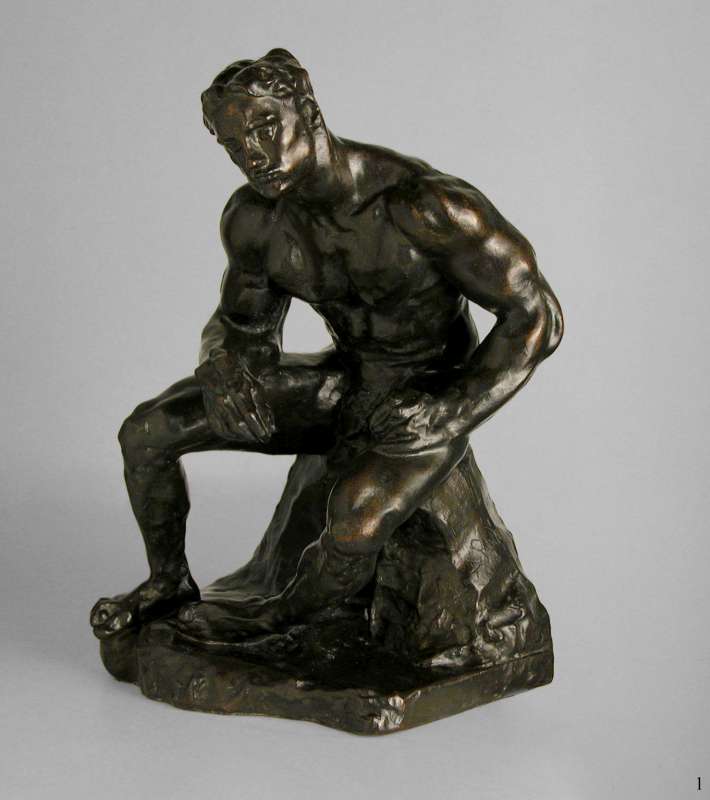
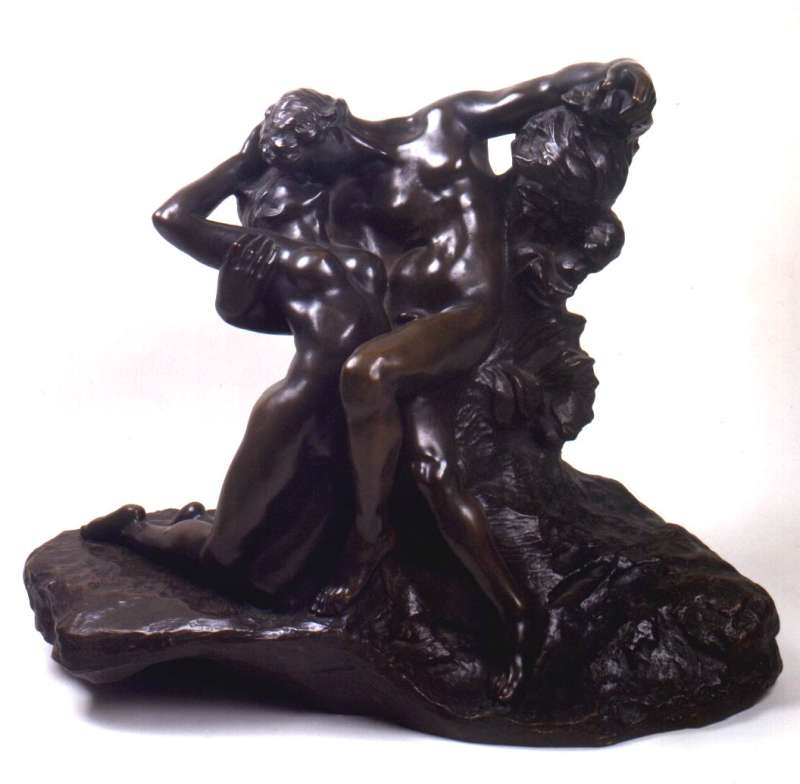
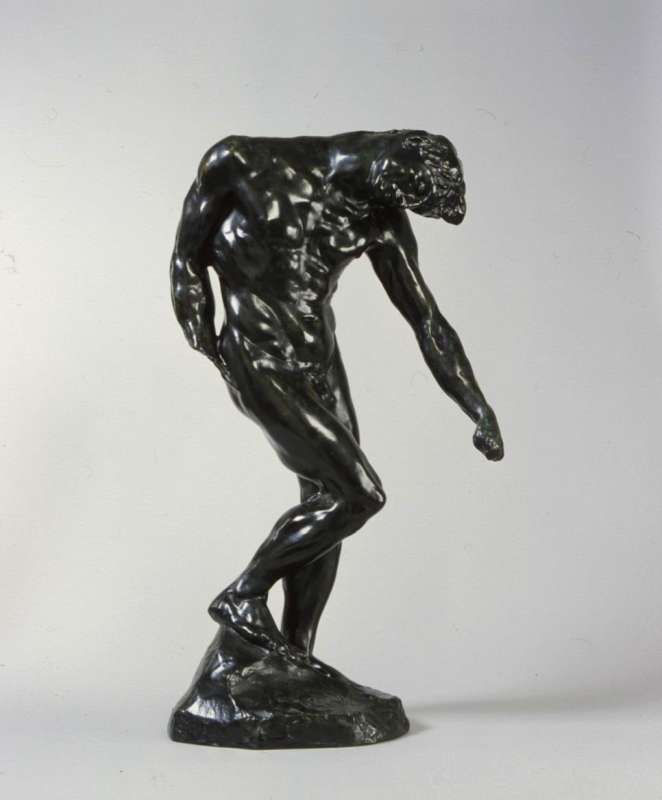
0 Response to "Adam the Creation of Man Rodin Sculpture Art Movement"
Post a Comment